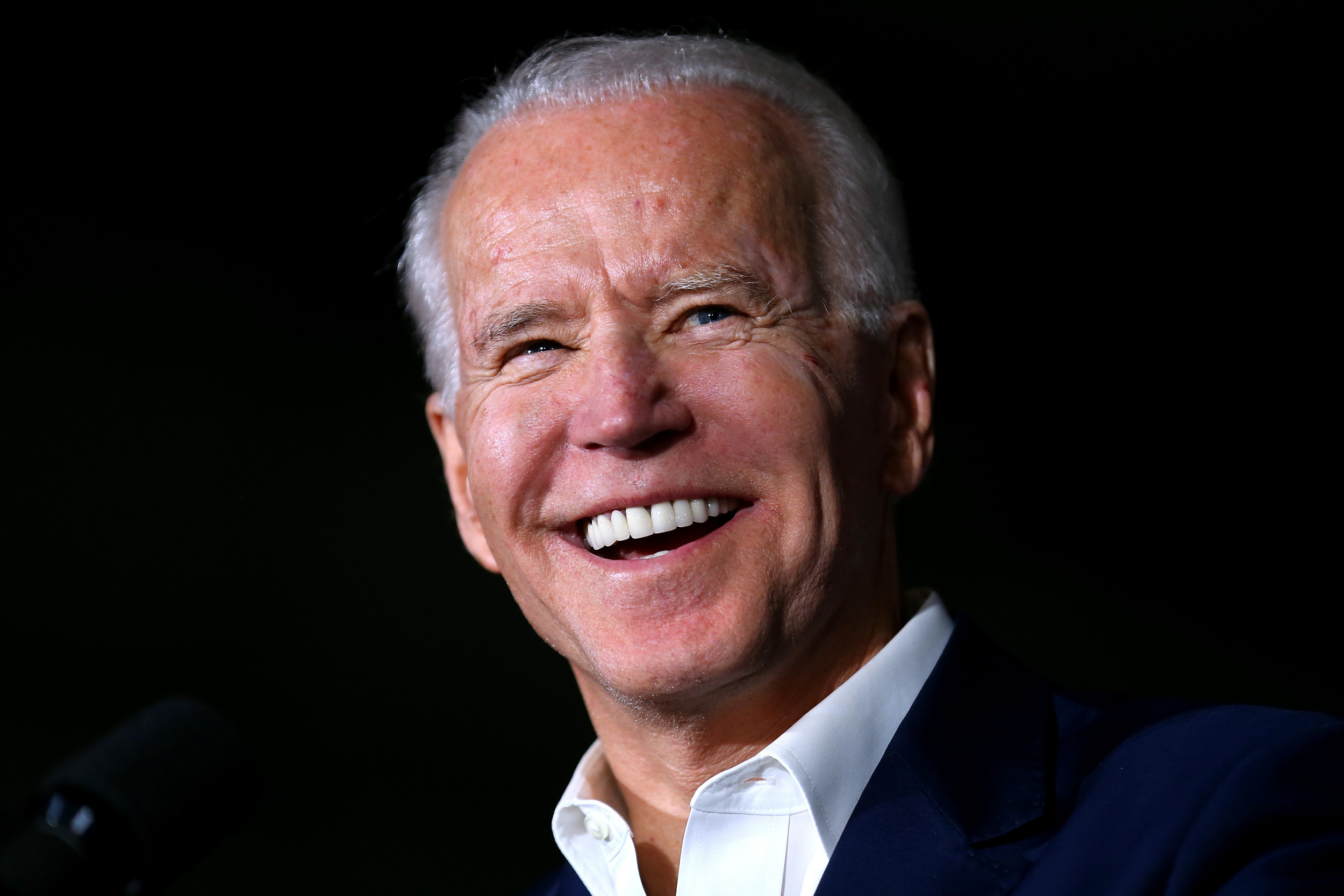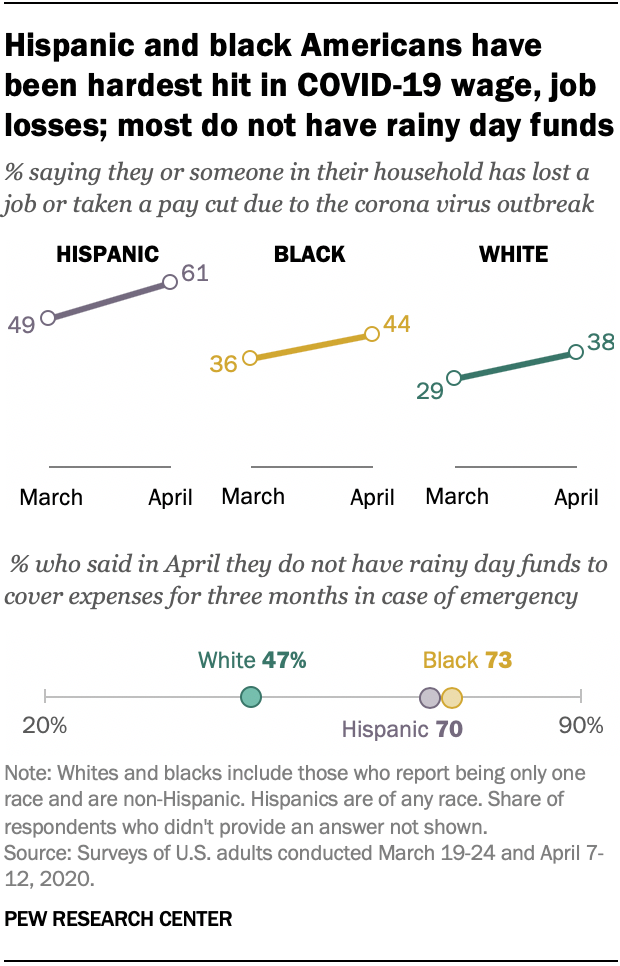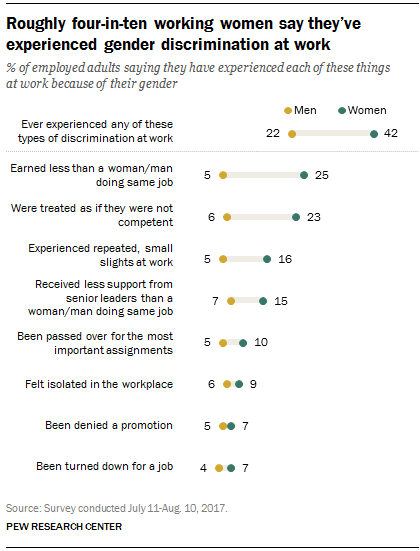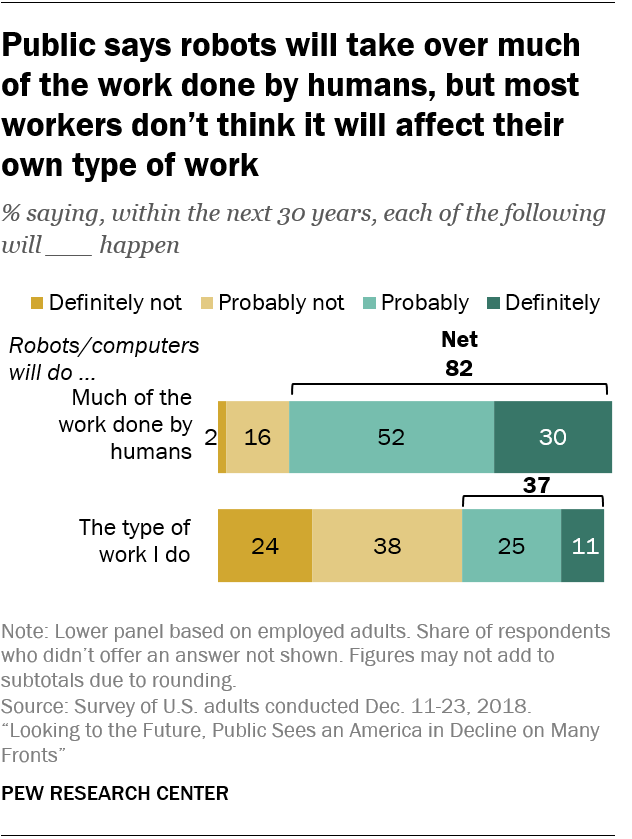

Depending on the interest of the applicant, responsibilities might include general research assistance data entry and analysis, developing outreach materials, and general administrative duties. Internships will focus on research methodology, media campaigns, or grassroots development. Whenever possible, the internship coordinator will tailor an internship program to meet specific student needs. Students may be eligible to receive college credit students should inquire of their schools specific requirements. The intern may choose to work a minimum of ten hours per week for 2 to 3 months, depending on what the individual would like to accomplish. Individuals should be self-motivated, willing to seek out new learning opportunities, and possess effective communication and writing skills. The applicant should possess a strong interest in the wilderness concept and in protecting our public lands. Students and non-students are invited to apply for our internship program. Participants will learn the background and skills to become an informed wilderness advocate and an effective conservation leader.

The Pew Wilderness Center carries out its mission by publishing research, reports, and a wilderness anthology it provides strategic guidance to, and fosters coordination among, wilderness groups and it conducts its educational campaign through the media as well. 'There's no perfect institution': 'Honk for Jesus.Our internship program provides the participant with a hands-on working experience in an organization working to elevate the public’s awareness of wilderness and the need to protect our natural heritage. Pew noted that every scenario assumed current demographic trends – migration, births and deaths – remain constant. 2 models for a Christian retention rate of 50% or above in the U.S. continue, but only until they reach the boundary of what has been observed around the world, including in Western Europe.”ĭata from dozens of countries around the world show that most people ages 30 to 49 who reported being raised Christian are still Christian, meaning that the Christian retention rate in those countries has not not fallen below 50%, according to Pew. 2, which sees Christianity dip below 50% of the population by 2050 and to 39% by 2070, “best illustrates what would happen if recent generational trends in the U.S. SCOTUS ruling: Supreme Court temporarily lets Jewish university refuse LGBTQ student group Which scenario is the most likely? The religiously unaffiliated would make up 34% of the country, and members of other religions would make up 12%. This scenario appears unrealistic based on recent trends, as it assumes that Americans abruptly stop leaving religion after 2020.Įven still, Christianity would see a 10% decline by 2070 as older American Christians die, according to Pew Research Center.

4: Christianity retains slim majority by 2070 The percentage of Americans who are Christians drops to 35%, and the percentage of Americans who belong to a non-Christian religion make up the remaining 12%. 3: US mostly secular by 2070īy 2070, 52% of Americans will not identify with any religion in this scenario, in which switching rises at a constant rate. Previously: One in four Americans identify as 'Nones.' Why are millions leaving organized religion?Įach scenario begins with the nation’s religious makeup in 2020, as estimated by the Pew Research Center: 64% Christian, 30% unaffiliated and 6% members of all other religions.Ĭhristians make up less than 50% of the country by 2070 in three of the four scenarios. The number of Americans who identify as agnostic, atheist or don't affiliate with a particular religion has grown dramatically since the 1990s, according to the research center. Pew said its models examined a scenario in which switching rates remain the same, two scenarios in which switching rates speed up, and one scenario in which switching rates halt completely. The study modeled four hypothetical scenarios, each representing a different rate of “switching,” which the Pew Research Center defined “as a change between the religion in which a person was raised (in childhood) and their present religious identity (in adulthood).” Projections indicate Christians could lose majority status in the United States by 2070, according to modeling released by the Pew Research Center. Christians will account for 39% of the population by 2070 in the most plausible scenario.In the most plausible scenario, per Pew, the non-religious population makes up 48% of the U.S.

Out of four scenarios forecasted by Pew, three show Christians dropping below 50% of the U.S.


 0 kommentar(er)
0 kommentar(er)
